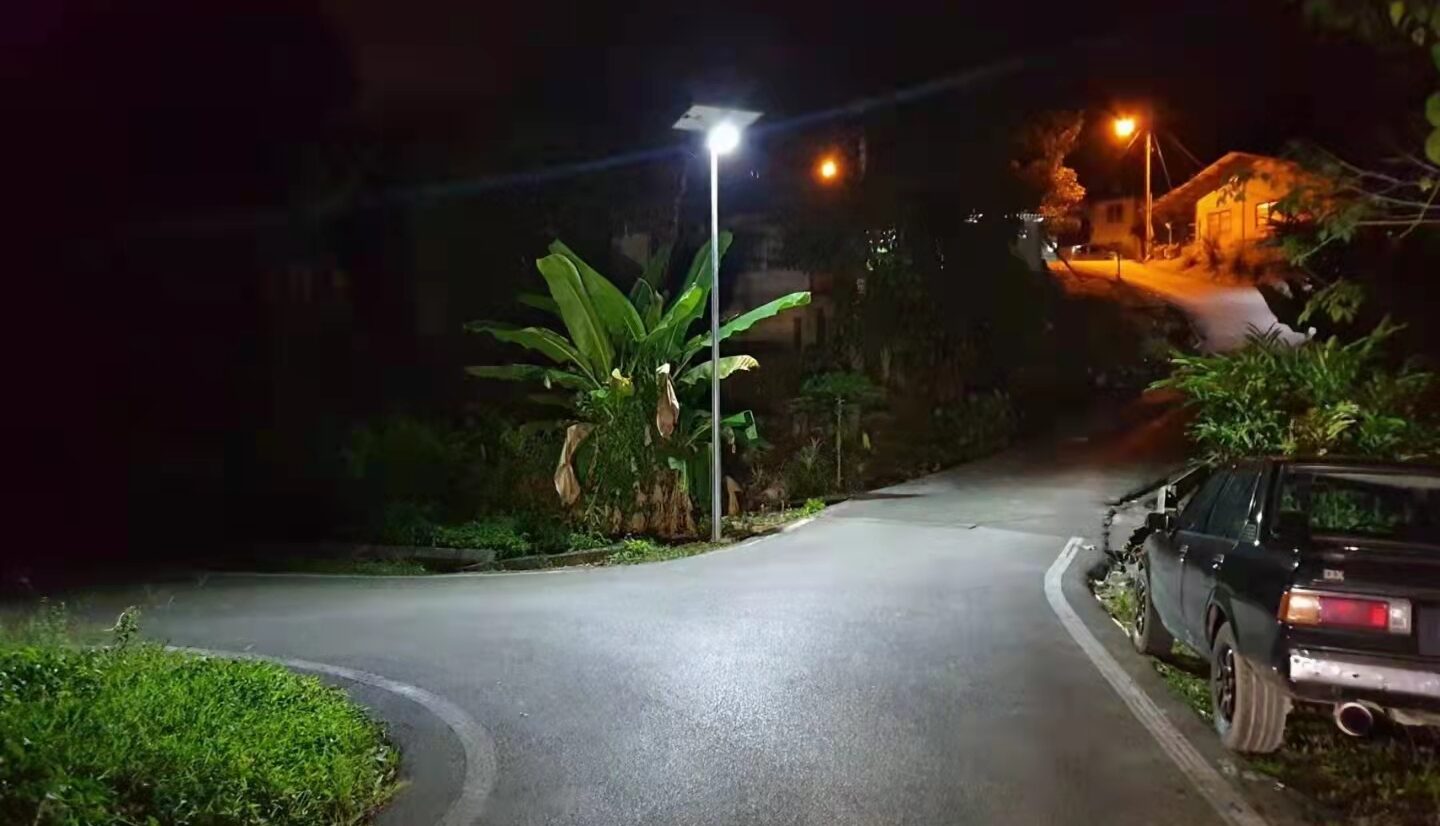Traditional CCFL is a tubular light source, which requires quite complex auxiliary components to evenly distribute the light it emits to every area of ??the panel. The screen thickness is also difficult to control, and as the panel increases, multiple light sources must be used, which further increases the complexity and cost of the design. Large-screen LCD TVs are more sensitive to this.
The service life of LED backlight sources can reach 100,000 hours, and even if used continuously for 10 hours a day, it can be used continuously for 27 anni. The service life of ordinary CCFL backlight sources is about 25,000 hours, and the luminous life of the latest top CCFL backlight is only 60,000 hours. At the end of the service life, the brightness of the LCD screen will drop significantly, and the CCFL backlight module of the LCD screen must be replaced to achieve a wider color gamut.
Displays using LED backlight sources are easier to improve the color gamut, and the color gamut improvement is more energy-saving. The energy-saving effect of LED backlight sources can generally save 40% of electricity compared to civilian-grade products of the same specifications. According to Rich’s evaluation data, some high-quality LED backlight displays save more than 60% energy than mainstream CCFL, which is very energy-saving.
LED backlight is composed of many grid-shaped semiconductors, each “grid” has an LED semiconductor, so that the light source can be successfully flattened. Its flattened light source not only has excellent brightness uniformity, but also does not require complex optical path design, so that the thickness of the liquid crystal can be made thinner and lighter, while also having higher reliability and stability.

LED backlight has the characteristics of more uniform light emission, far exceeding CCFL backlight in color expression, which can well make up for the problem of insufficient display color in LCD technology, easily achieve NTSC118% or even higher wide color gamut, and let LCD display truly restore the colorful colors in nature. The service life of LED backlight can reach 100,000 hours, even if it is used continuously for 10 hours a day, it can be used continuously for 27 anni.
Therefore, after long-term use, the backlight brightness attenuation of LCD monitors or LCD TVs using LED backlight is better than CCFL backlight. The service life of ordinary CCFL backlight is about 25,000 hours, and the luminous life of the latest top CCFL backlight is only 60,000 hours. At the end of its service life, the brightness of the LCD will drop significantly, and the CCFL backlight module of the LCD has to be replaced.
LED backlight does not have such a problem at all. At present, the actual service life of white light LED backlight is 50,000 A 100,000 hours, which is basically the same as the service life of LCD display screens, and there is still potential for further improvement. LED light-emitting diodes are solid-state semiconductor devices that can directly convert electricity into light.
The heart of the LED is a semiconductor chip, one end of which is mounted on a bracket, one end is the negative pole, and the other end is connected to the positive pole of the power supply, so that the entire chip is encapsulated by epoxy resin. The semiconductor chip consists of two parts, one end is a P-type semiconductor, in which holes dominate, and the other end is an N-type semiconductor, in which electrons are mainly. But when these two semiconductors are connected together, a “P-N junction” is formed between them. When current flows through the wires and acts on the chip, electrons are pushed to the P region, where electrons and holes recombine.
